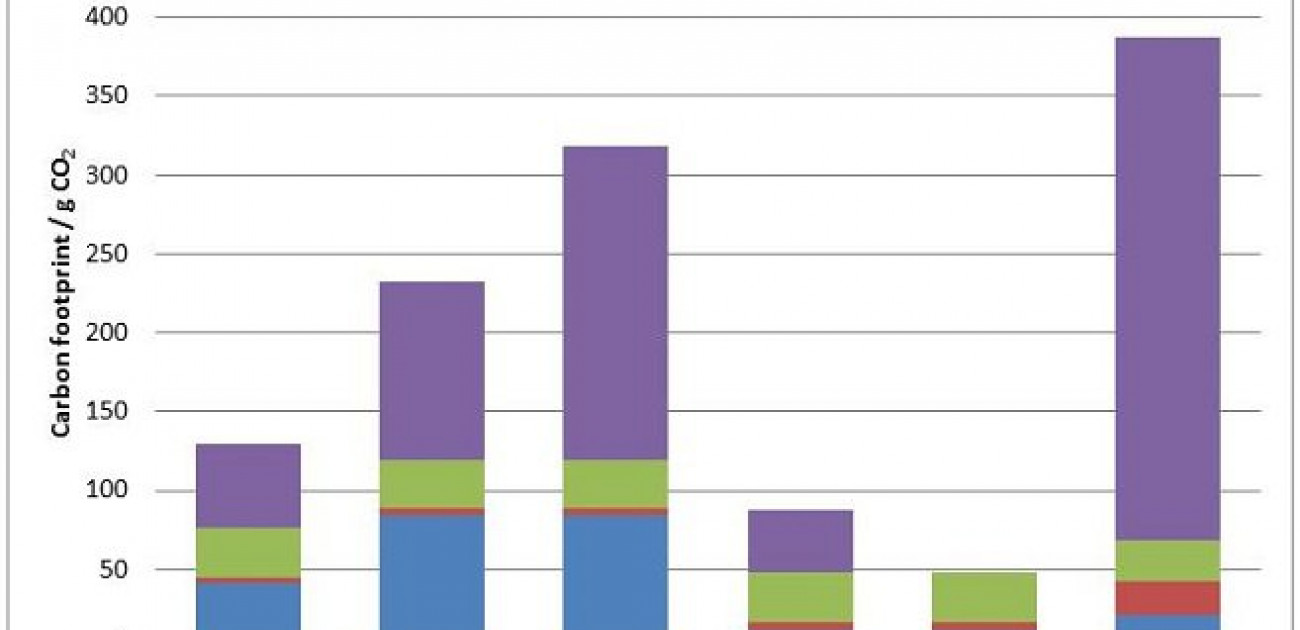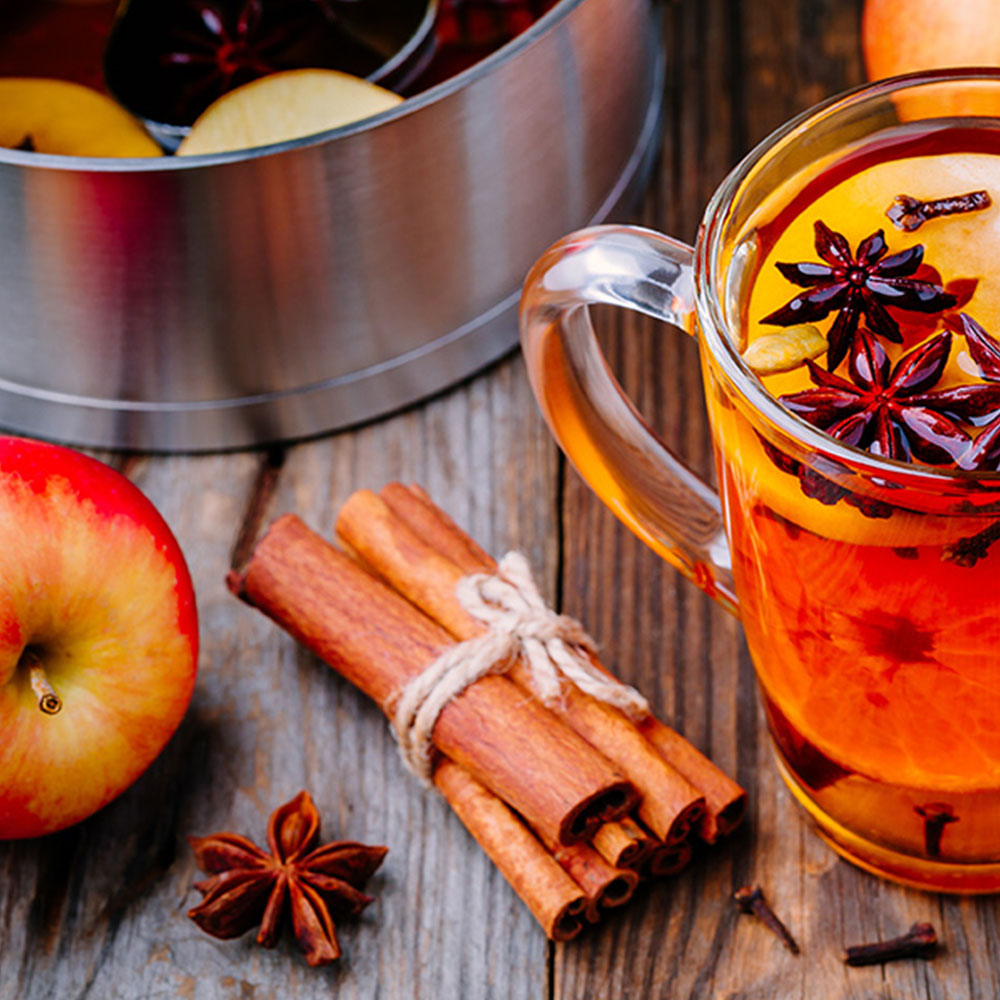19 May 2015
What’s the carbon footprint of your cuppa?

It depends is perhaps the best answer.
It depends on what you drink and also on how you treat changes in land use.
For tea, the carbon footprint is 87 g CO2 for a mug of Steenbergs black tea taken with milk.
This includes the carbon footprint of brewed tea is 48 g CO2 for black tea, plus also probably for white, green and herbal teas. But to this, we need to add another 39 g CO2 for any milk added, if (as most Brits do) your tea is made with milk.
If you use teabags, an extra 4 g CO2 is added, or 5% to the carbon footprint.
This compares with 129 g CO2 for a coffee. About 60% of this comes from the coffee itself and the remainder from the milk. For milkier coffees like a cappuccino or latte, the carbon footprint is much larger at 222 g CO2 and 318 g CO2, because more milk is used.
Hot chocolate have the biggest footprint with its major cost again the milk. If you include land use changes for the cocoa, this becomes even larger with the cost of the mix doubling to 43 g CO2 per mug from 21 g CO2.
 Carbon footprint of hot drinks
Carbon footprint of hot drinks
What does this tell us?
We can all reduce our carbon footprints by drinking less milk. We can have lighter teas drunk without milk, and cut back on large lattes and hot chocolates. White and green teas, Darjeeling or China teas and herbal infusions are other tasty possibilities.
Then, drink loose leaf infusions rather than teabags as this extra packaging ups your CO2.
Notes
Carbon dioxide is lazily used here to mean carbon dioxide equivalent, i.e. it includes carbon dioxide, methane and nitrous oxide gases.
These are comparable to figures in Mike Berners-Lee’s book “How bad are bananas?”: tea with milk 71 g CO2, tea without milk 21 g CO2, milky coffee 71 g CO2, cappuccino 235 g CO2 and a large latte 340 g CO2. His book did not have figures for hot chocolate, or at least I couldn’t find any.




